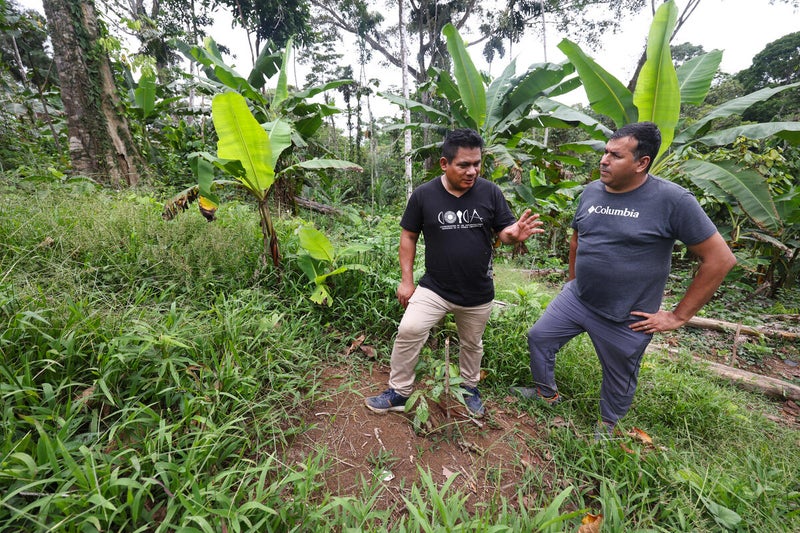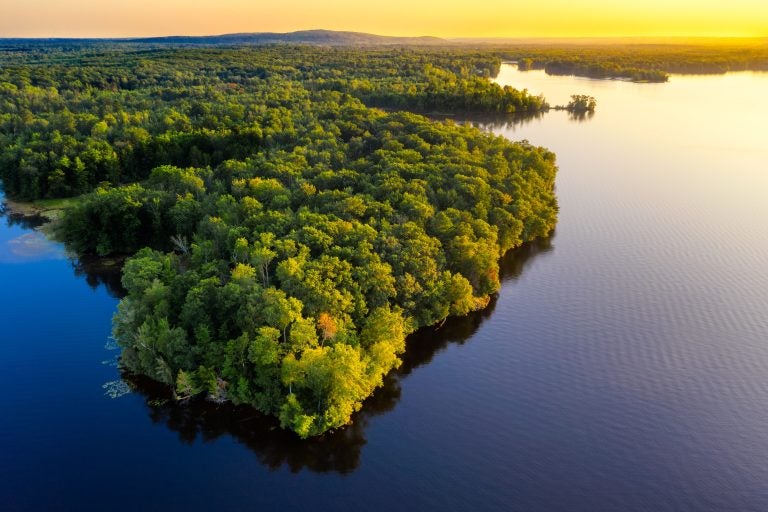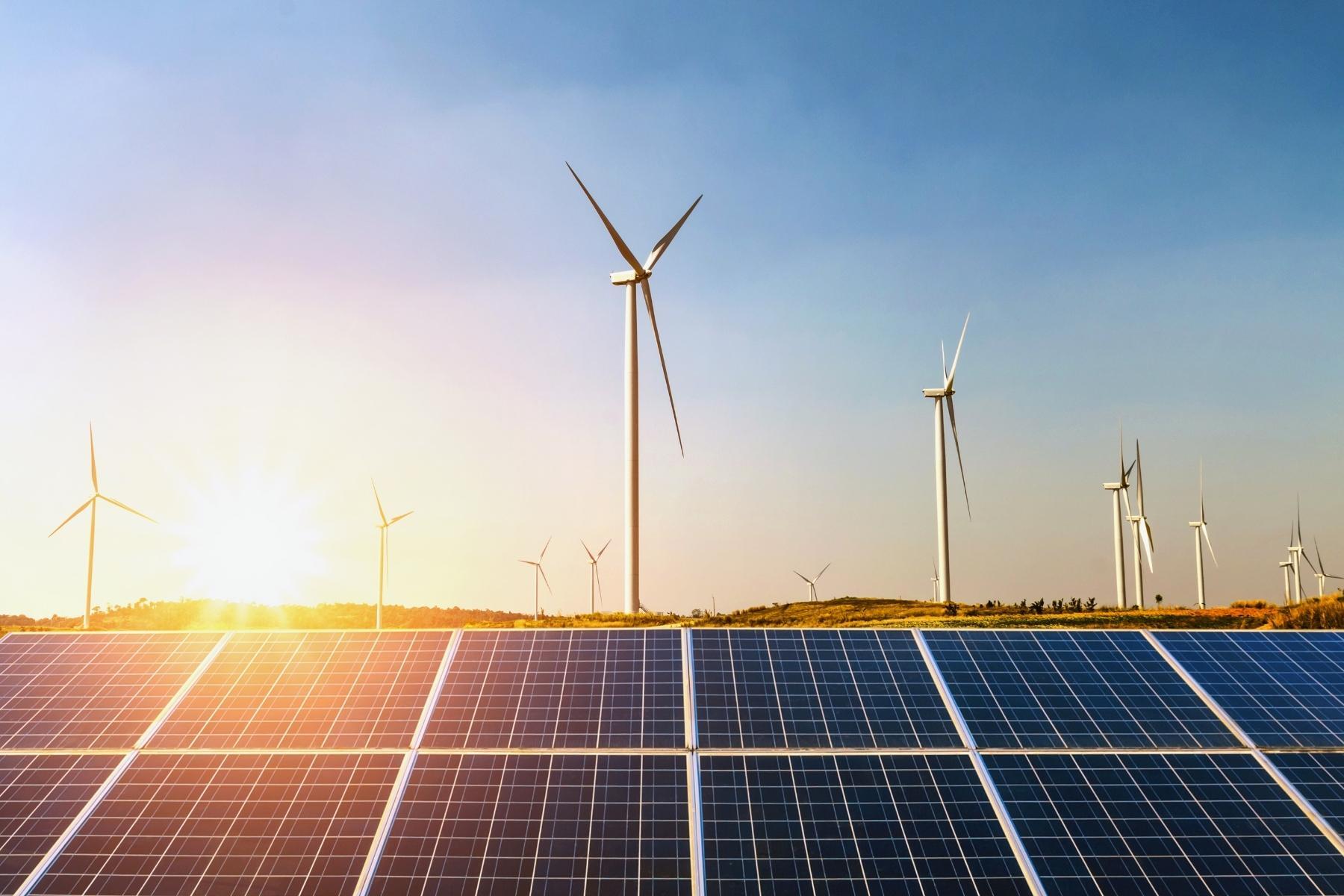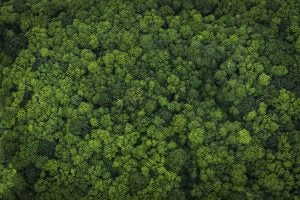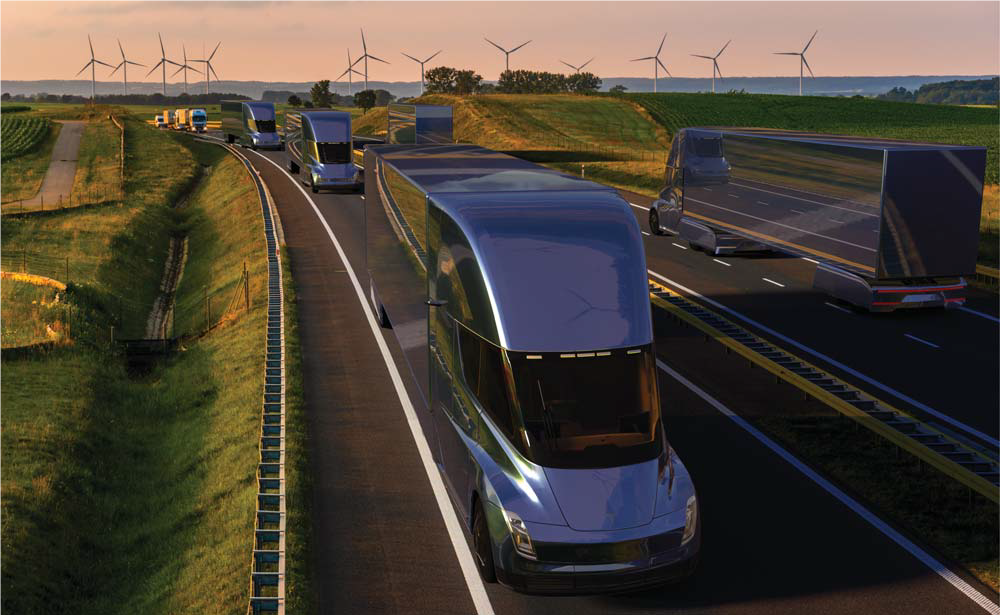This post was co-authored by Julia Paltseva, Senior Analyst at EDF, and Tuntiak Katan from the Coordinator of Indigenous Organizations of the Amazon River Basin (COICA). For more resources on high forest, low deforestation (HFLD) crediting, visit edf.org/hfld. This post has also been translated into Spanish and French (leer en español, lire en français).
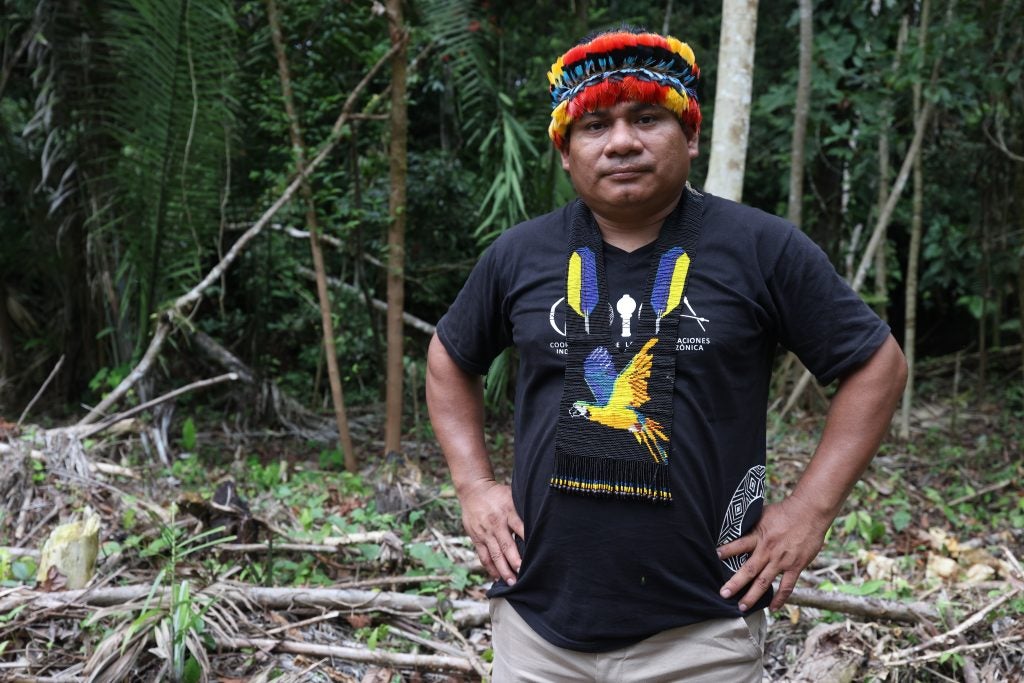
Tuntiak Katan of the Coordinator of Indigenous Organizations of the Amazon Basin (COICA). Photo by Leslie Von Pless, EDF
Forests are an essential part of the climate change solution, and their effective conservation requires the empowerment of Indigenous Peoples and local communities, or IPLCs. Around the world, IPLCs have stewarded forests for generations. However, in the face of growing economic pressures to cut forests down, current incentives designed to keep forests standing are largely inaccessible to communities living in areas of historically low forest loss, known as high forest, low deforestation regions, or HFLD.
An effective and equitable global REDD+ incentive-system for reducing deforestation should reward all relevant jurisdictions and actors, including both historical emitters and historical protectors of carbon stock, like IPLCs. We must eliminate forest loss in areas where it is already occurring. At the same time, we must also avoid future increases in deforestation in areas of historically low forest loss – HFLD regions.
Guardians of the forest
Indigenous Peoples and local communities are some of the best forest protectors, especially when equipped with strong tenure and land rights. In Mesoamerica, IPLCs steward half of forested areas. In the Amazon, Indigenous Peoples manage more than 30% of the rainforest, and satellite imagery shows deforestation rates in Indigenous territories are roughly half of what they are in similar surrounding lands. IPLCs typically practice sustainable forest management, through agroforestry and low-impact agriculture, allowing them to both provide for their needs and effectively conserve the forests.
Despite a successful track record of maintaining intact forests, forest communities have directly received less than one percent of international government aid for climate change mitigation and adaptation over the last decade.










